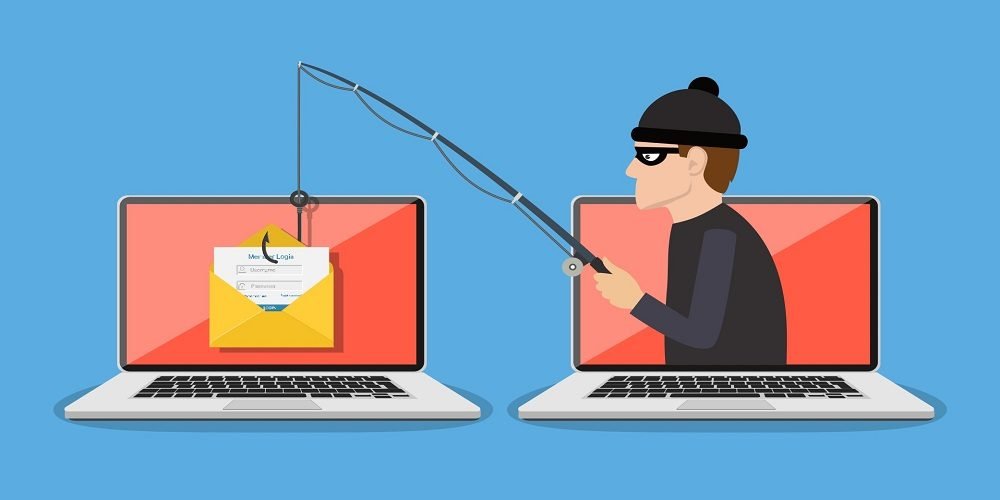
A phishing attack is a form of online fraud that typically involves tricking users into disclosing personal or financial information by masquerading as a trustworthy entity in an electronic communication.
This is a common scam that has been around for years. The goal of this scam is to steal your identity and money. This type of attack can happen to anyone, not just big companies or corporations.
Phishing attacks are becoming more popular with cybercriminals because they are easy to carry out and the potential return on investment is high.
Phishing emails are some of the most common types of scams that you need to watch out for. Here’s a list of the 8 warning signs to help you spot these scam emails and protect yourself from becoming a victim.
Phishing is a type of scam that uses email to trick users into giving away their personal information. Users are often targeted by phishing emails, which could be sent by hackers or companies that have been hacked.
This guide covers the basics of phishing and includes some tips on how to spot a phish and protect yourself from them.
Phishers often use email as the medium for their scams because it’s widely used, they can easily send messages to a large number of people, and they know many people will click on links in an email without reading them first.
If you suspect your email is being compromised, you should change your password and security question. You can also reset the password if the email account has been compromised.
If you are using a service like Gmail, Microsoft Outlook, or Yahoo! Mail, these apps will help you detect suspicious activity on your account. You can also use the Security Checkup feature in Google Chrome to check which websites have accessed your Gmail account.
If you are using a third-party email app like Outlook, Yahoo! Mail, or Gmail, contact the app’s support team for assistance with changing your password and security questions.
With the increase in the number of phishing attacks, one needs to be careful while browsing online.
To protect yourself from phishing attacks, you should always check the URL bar of your browser before clicking on a link.
Make sure that there is no extension in the URL and if there is, make sure that it is not a .exe or .com.